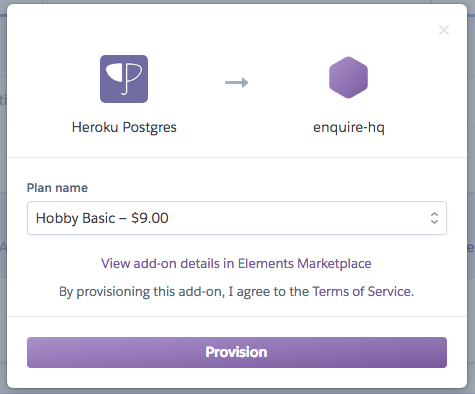Analyzing Survey Responses In Google Analytics
Google Analytics is a super powerful (free) web analytics tool. If you don’t have it setup on your Shopify store, I’d highly recommend doing so now. Instructions here.
Last week we rolled out Fairing’s Google Analytics integration, which allows you to automatically create Google Analytics events with your survey response data. In this post, we’re going to walk through the process of creating user segments with your survey data.
Creating Segments with Survey Data
Google Analytics allows you to created Segments, which enable you to group and analyze cohorts of users or sessions. With Segments, you can analyze users’ behavior via an action, for example, viewing a specific page or in our case, submitting a survey response.
If you keep our default post-purchase survey question “Where did you hear about us?”, you can create a user segment based on a particular response, for example, “From a family member”. You can then use this segment to answer questions about this particular group of users. Are these users landing on your site via social? A Google search? Desktop? Mobile?
To do this, click “Add Segment”.

Next, click the red “New Segment” button and click “Conditions” on the left-hand column. In the first drop-down, we’re going to select “Event Category” exactly matches “Fairing”. Thereafter, click “And” and in the second dropdown, select“Event Label”, exactly matches, and type in the survey response you want to create a custom segment from, in this case, “From a family member”.

After you save your new custom segment, you can now use that grouping of users for analysis throughout your Google Analytics account.
For example, if we go to Acquisition → All Traffic → Source/Medium and select our new segment, we can view metrics about these users and the last site they visited prior to converting, their bounce rate, pages per session, etc.

Or look to see if your visitors convert faster based on how they discovered your brand, via the Path Length page located within Conversions → Multi-channel Funnels.
How would you describe yourself?
You can also ask other survey questions that create more insight into who your customer is and learn how those groups of users are browsing your site. For example, if you’re selling fitness products, you could ask “How would you describe yourself?” with answers Fitness Professional, Daily Gym Goer, Occasional Gym Goer, or What’s a Gym!? and create custom cohorts and analyze how each group of users lands on your site and browses. Are the majority of your customers Fitness Professionals? Or rarely workout? This information can extremely helpful in steering your future marketing decisions.





















